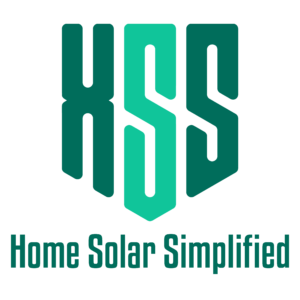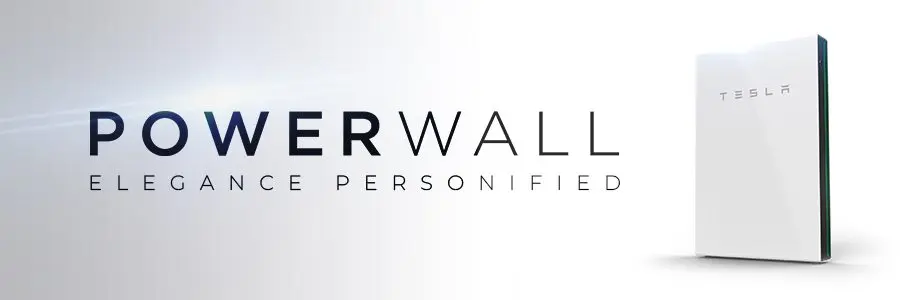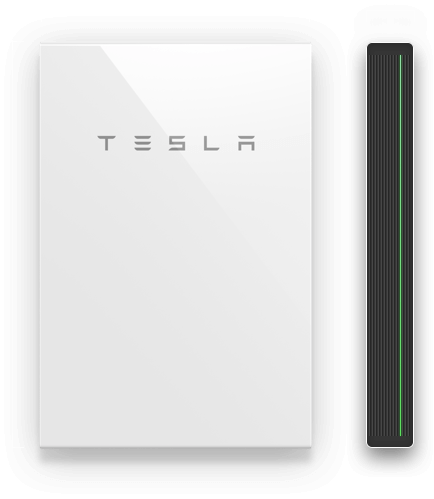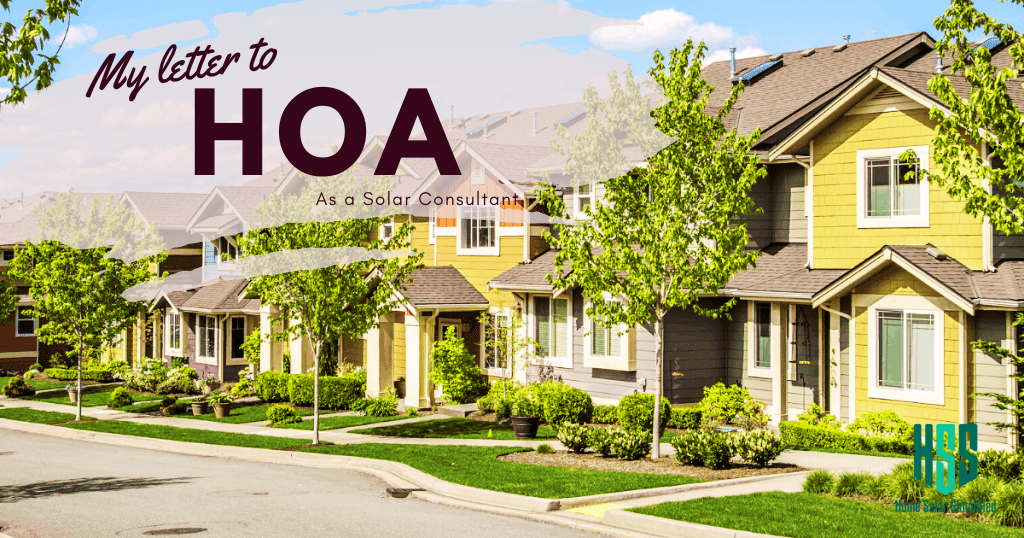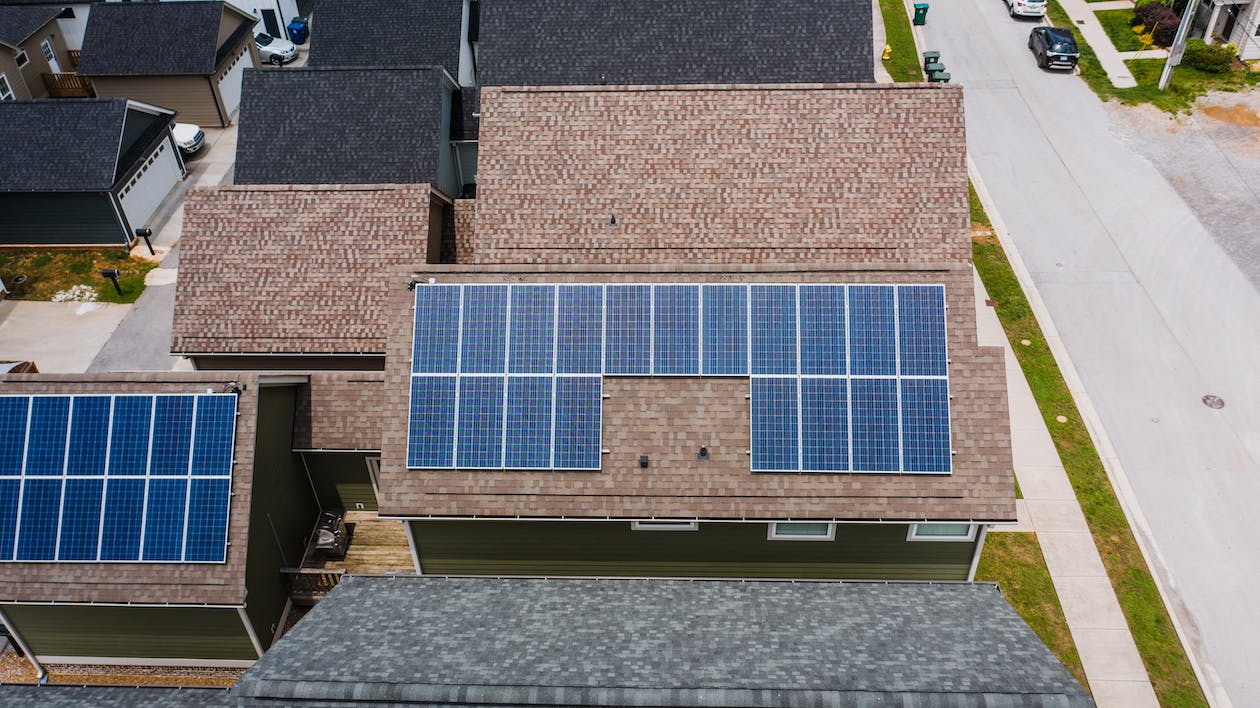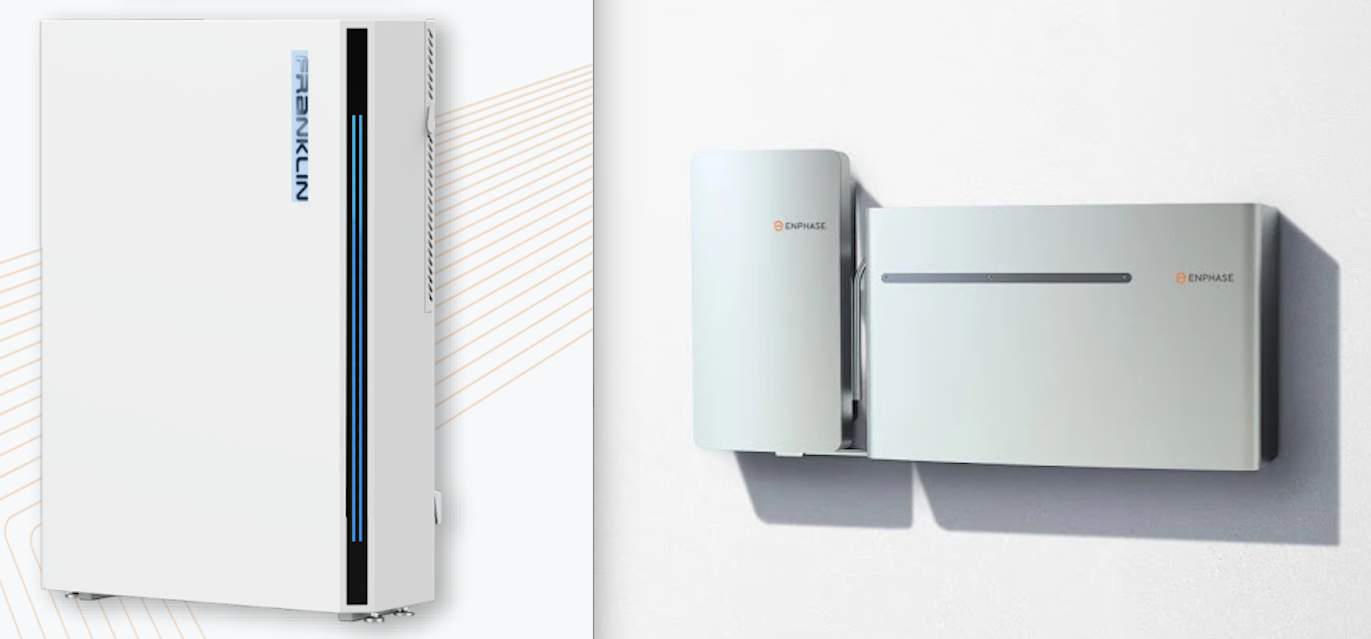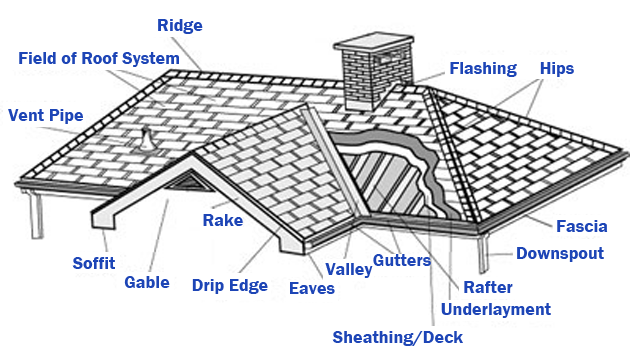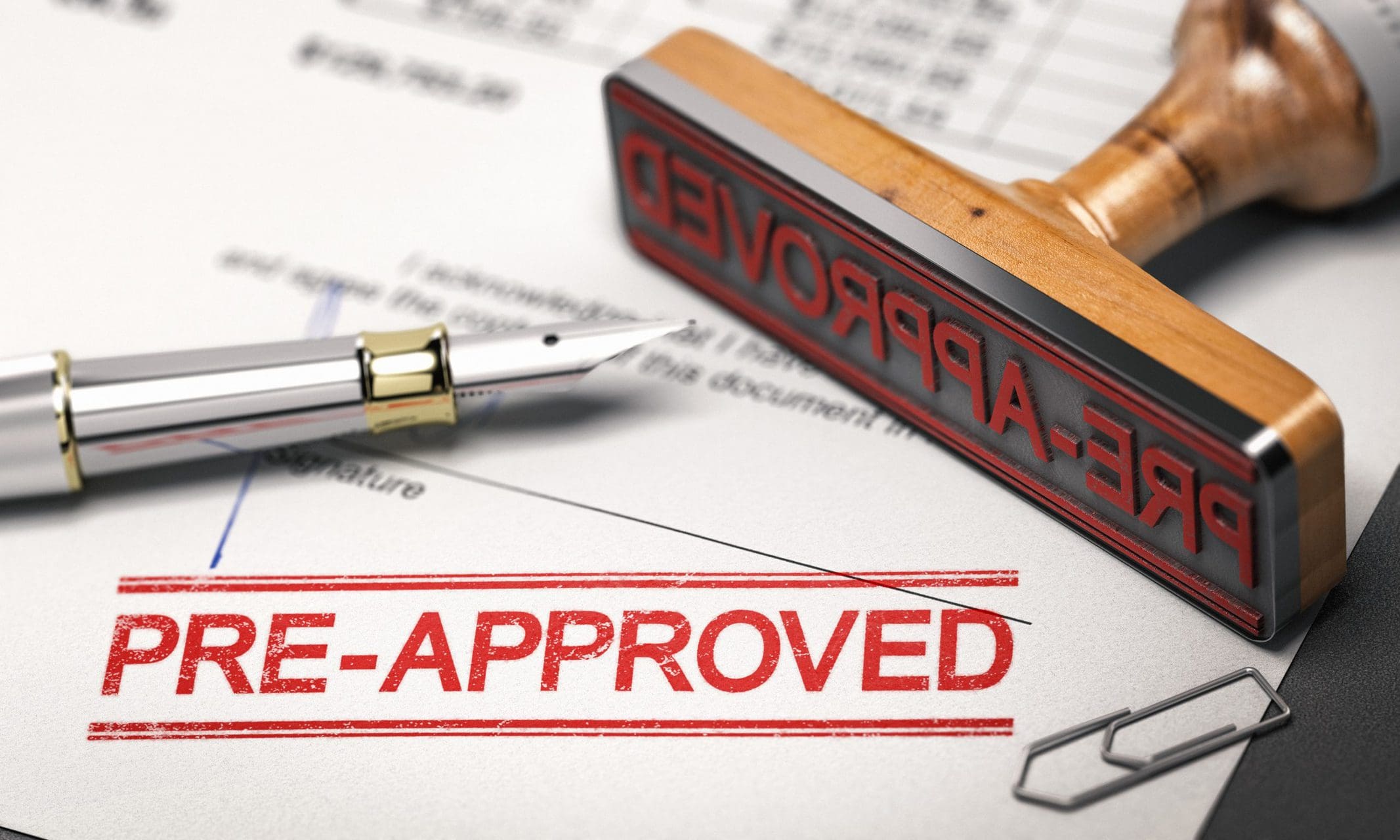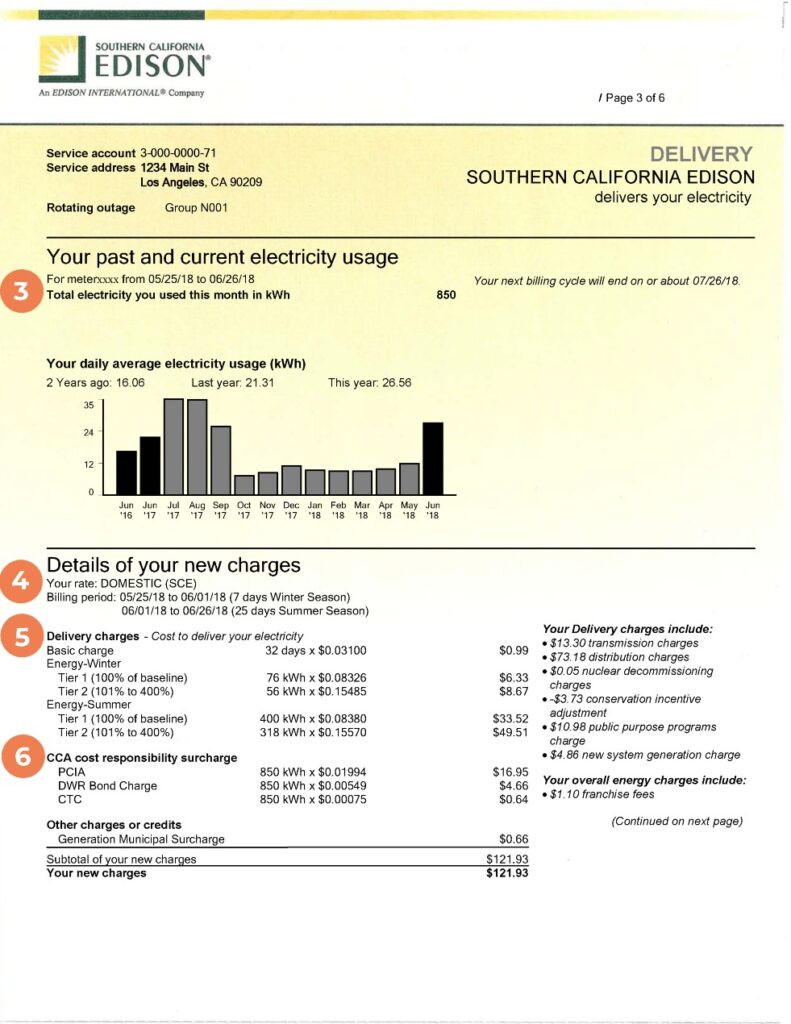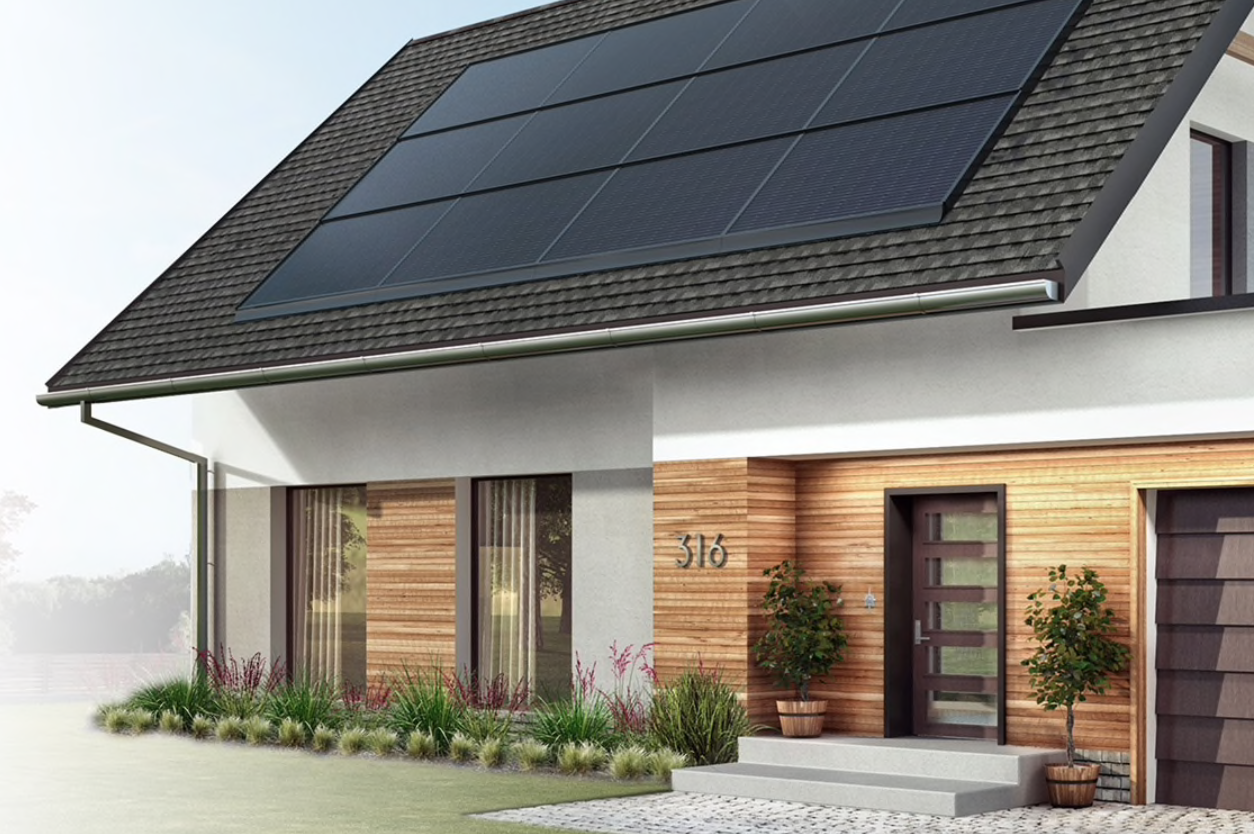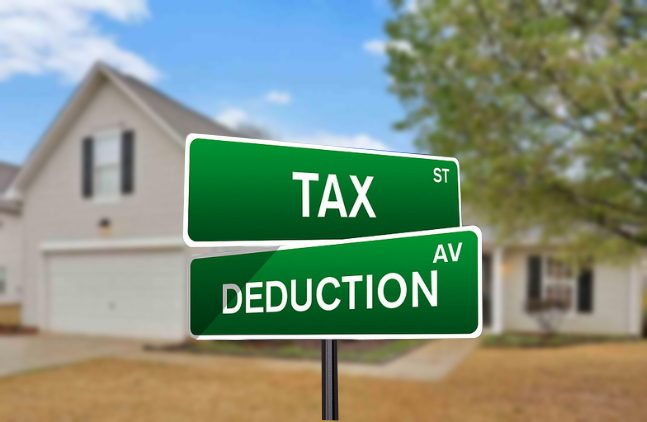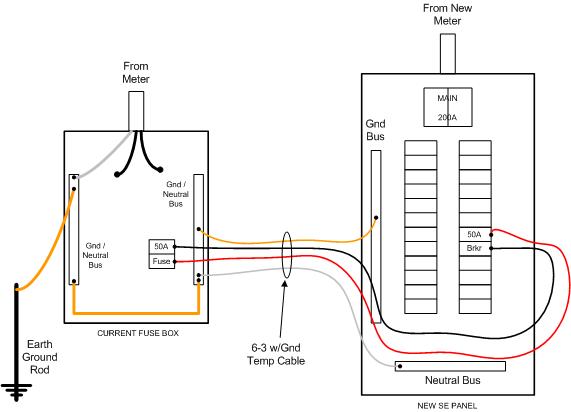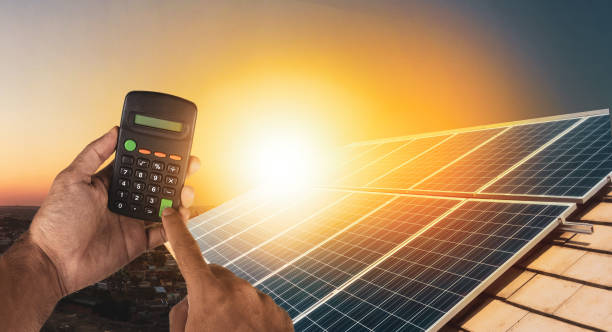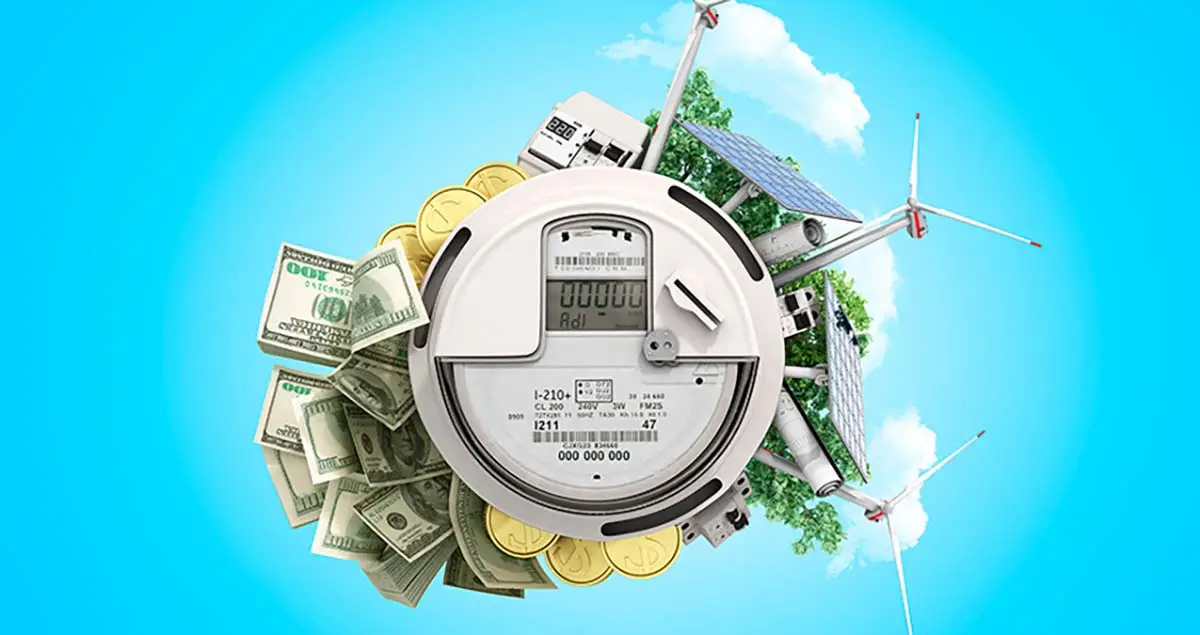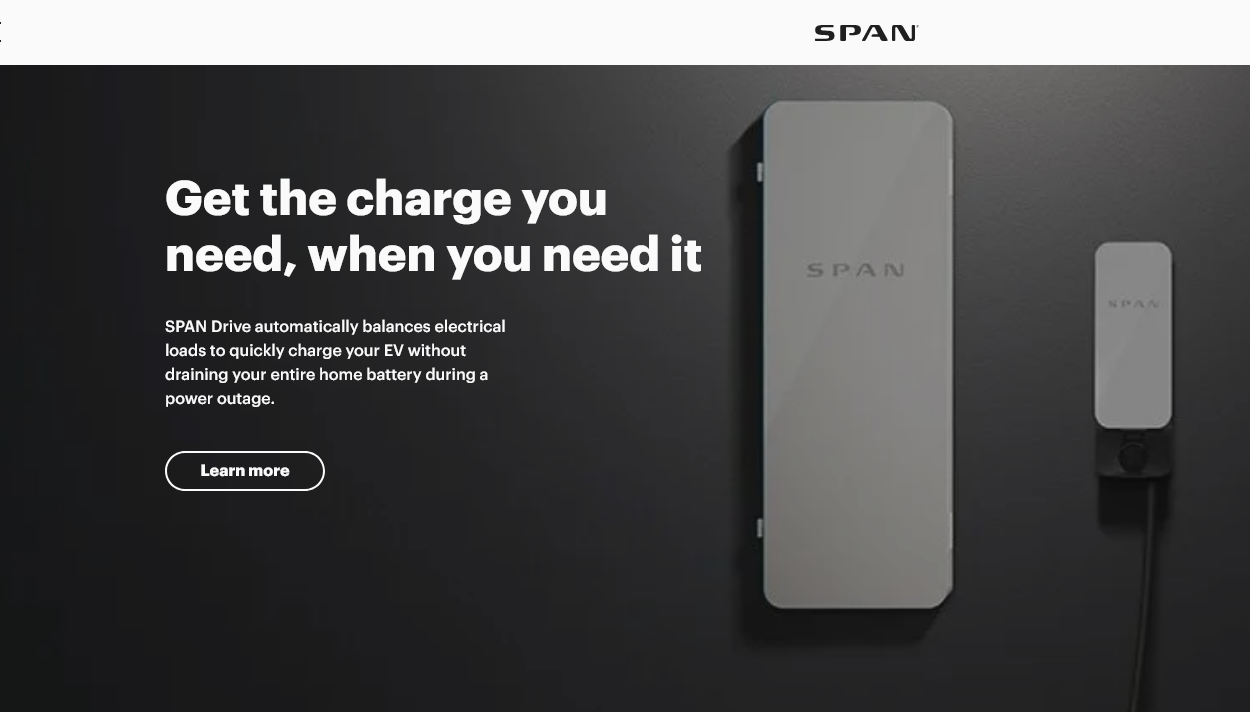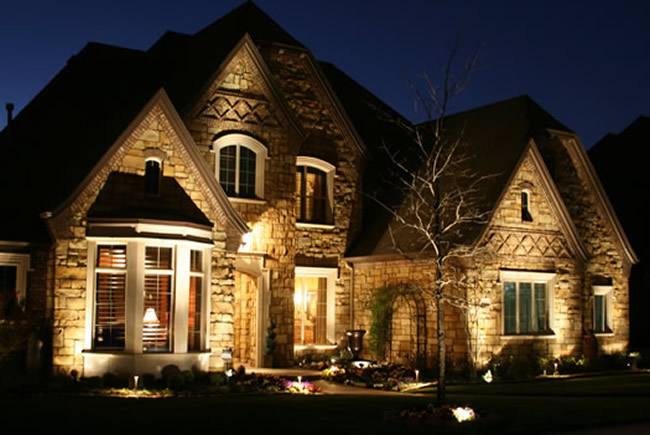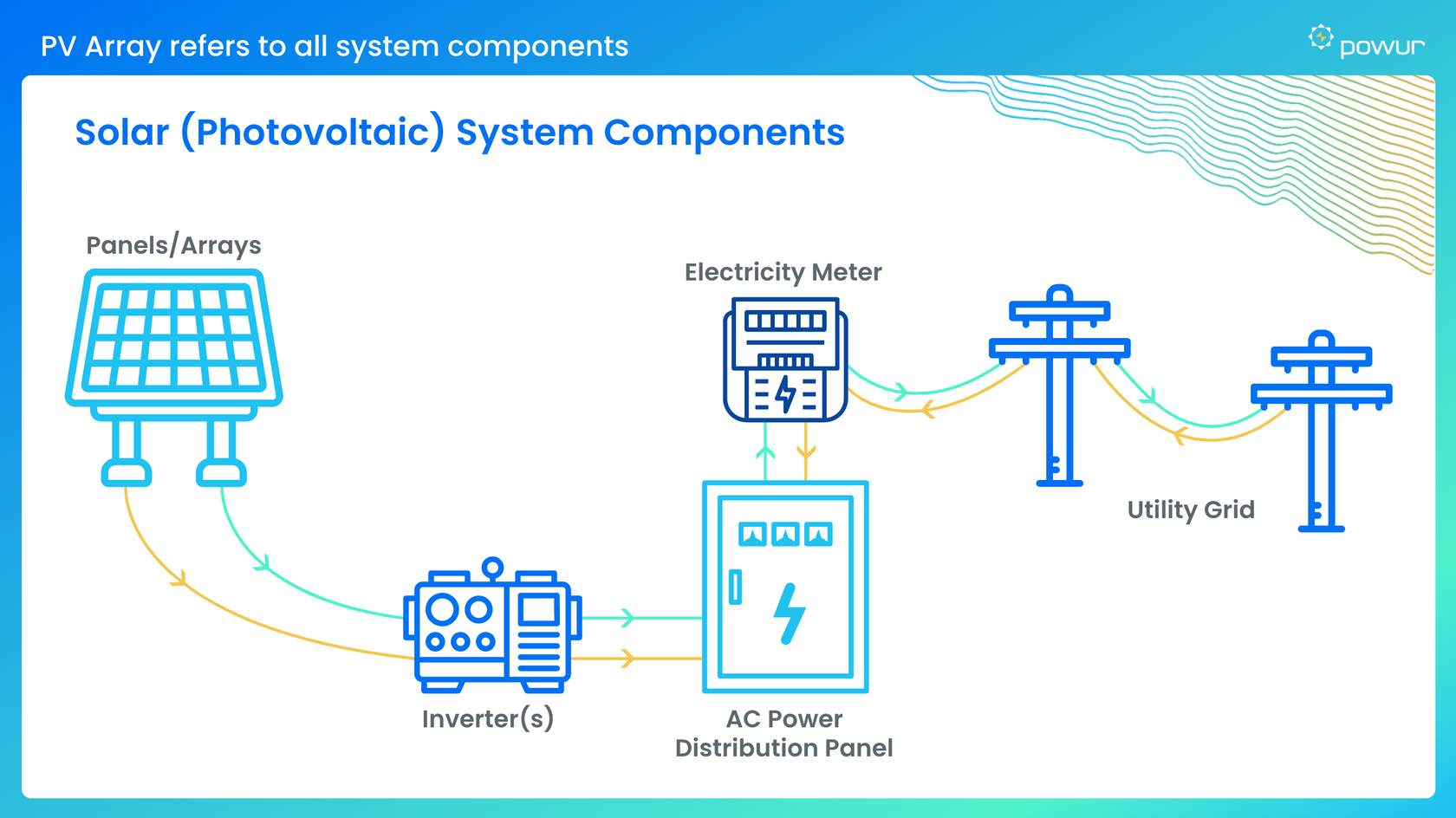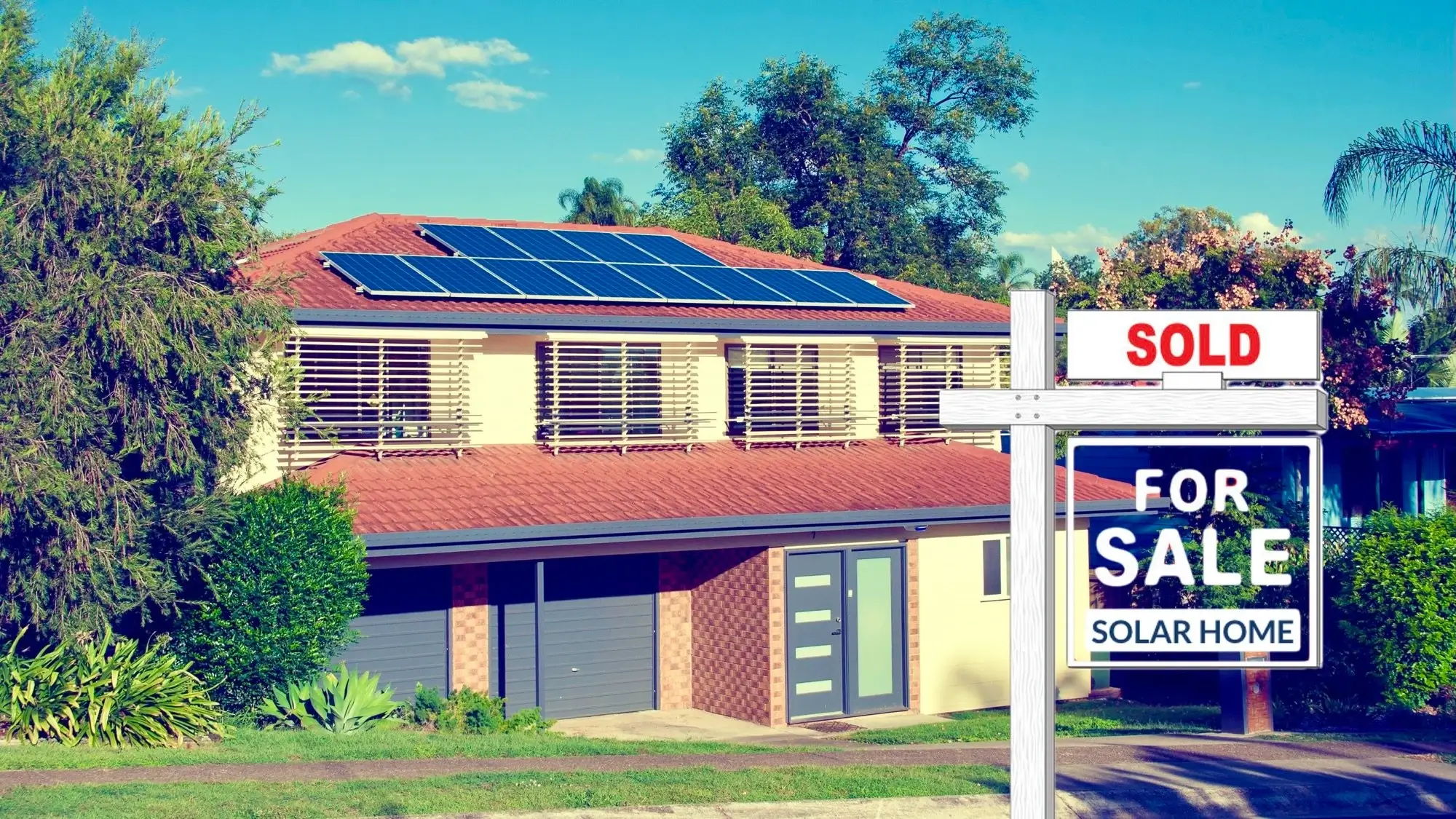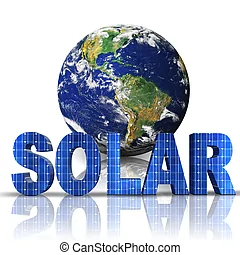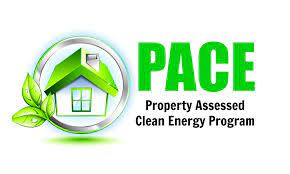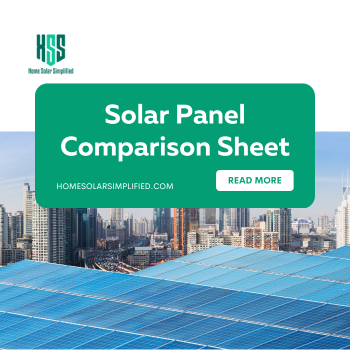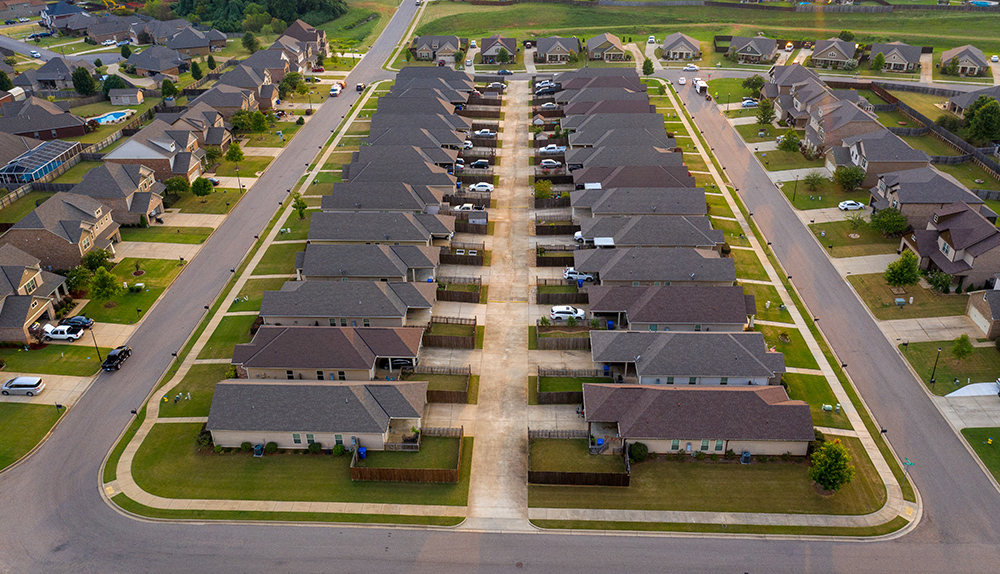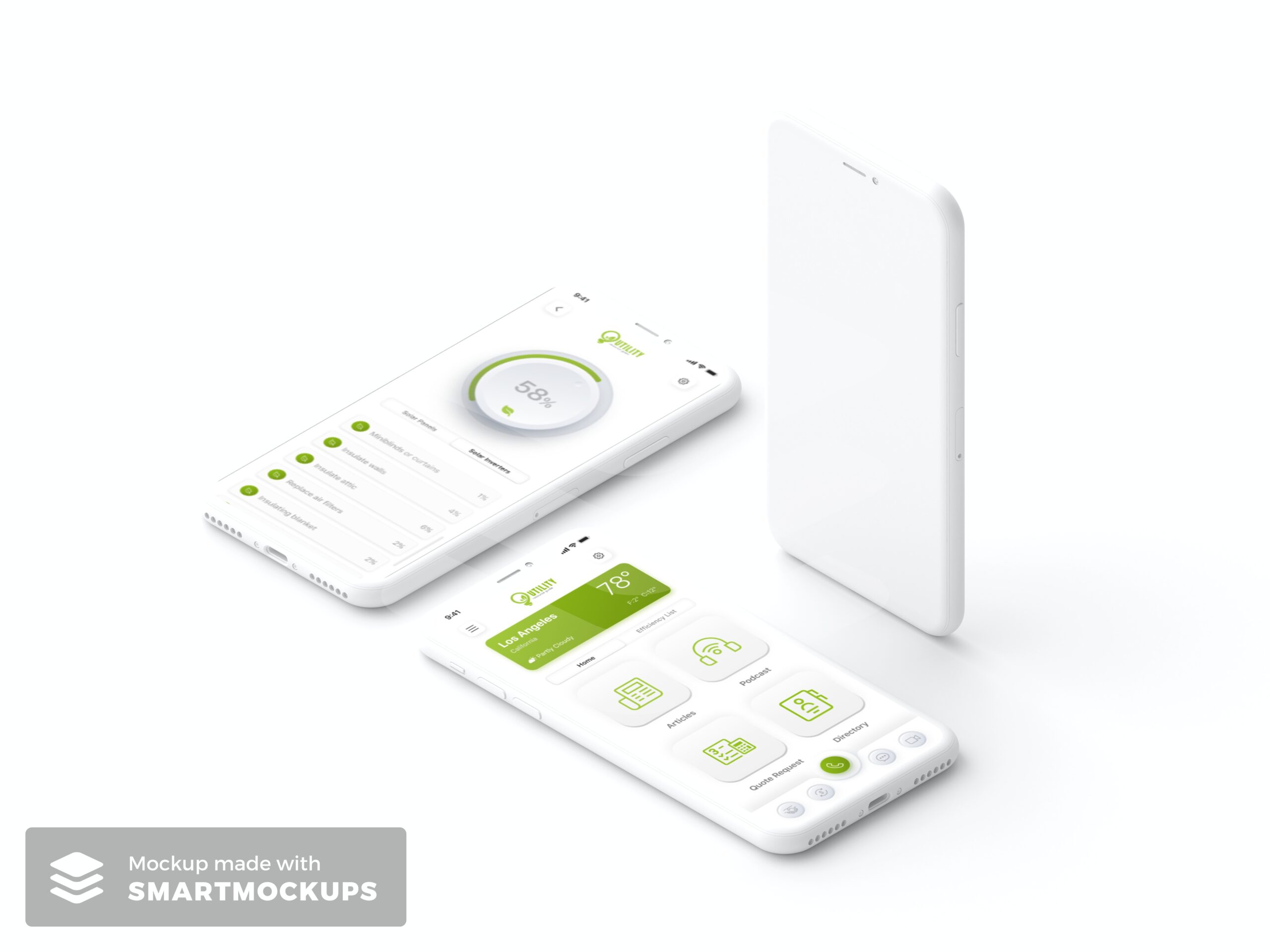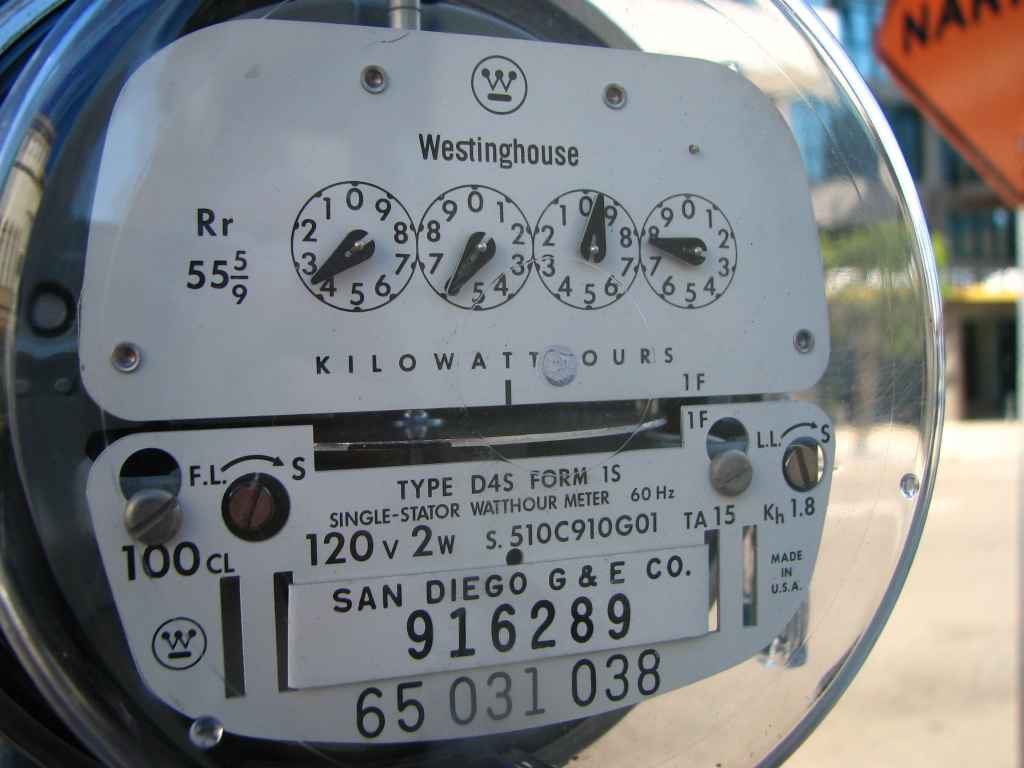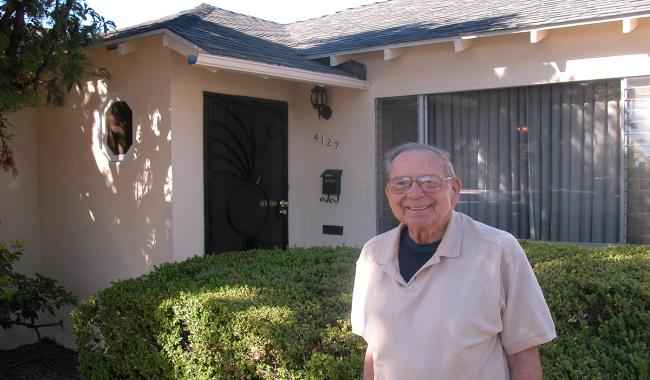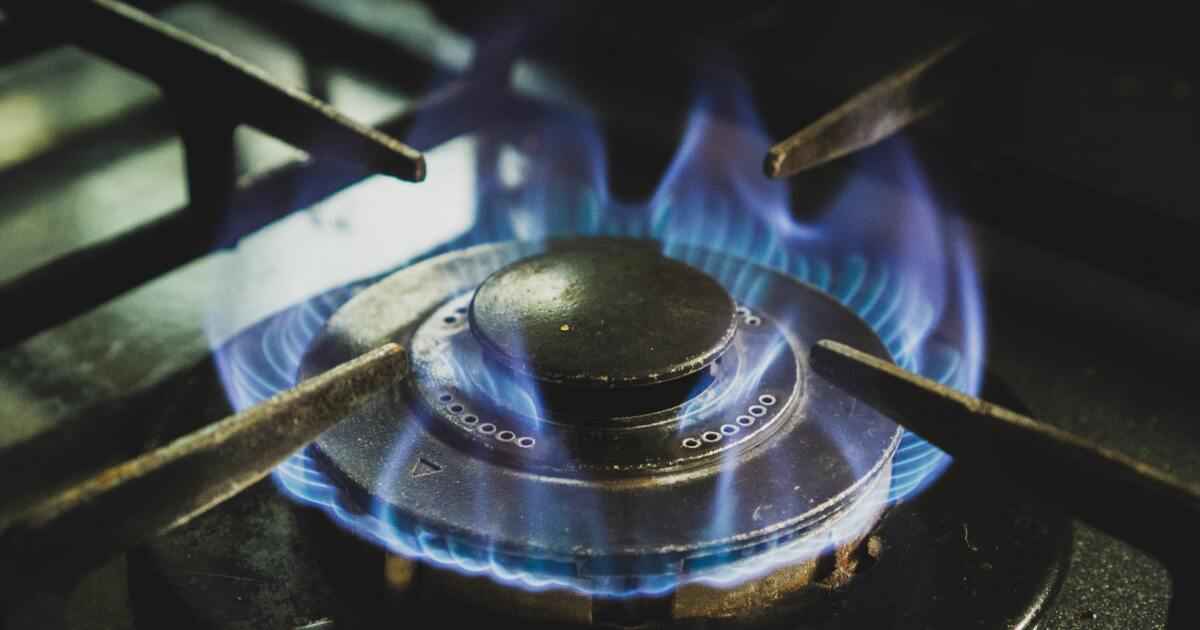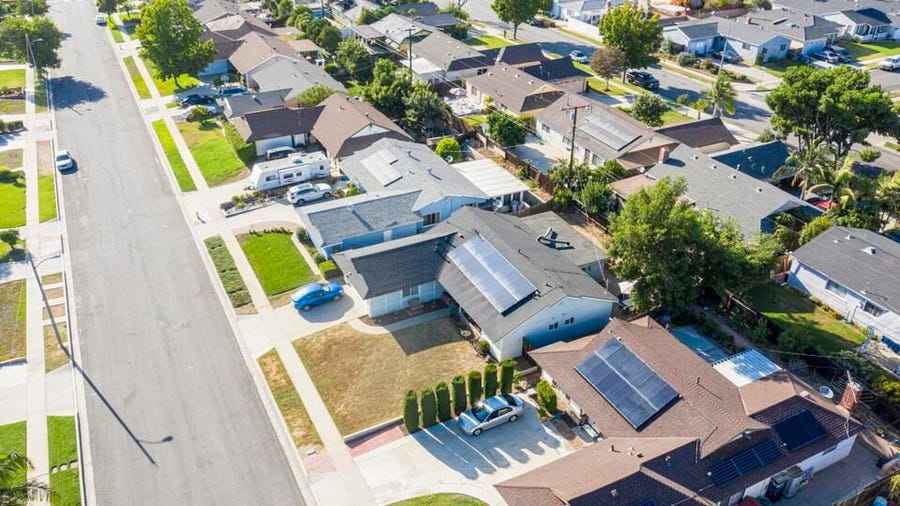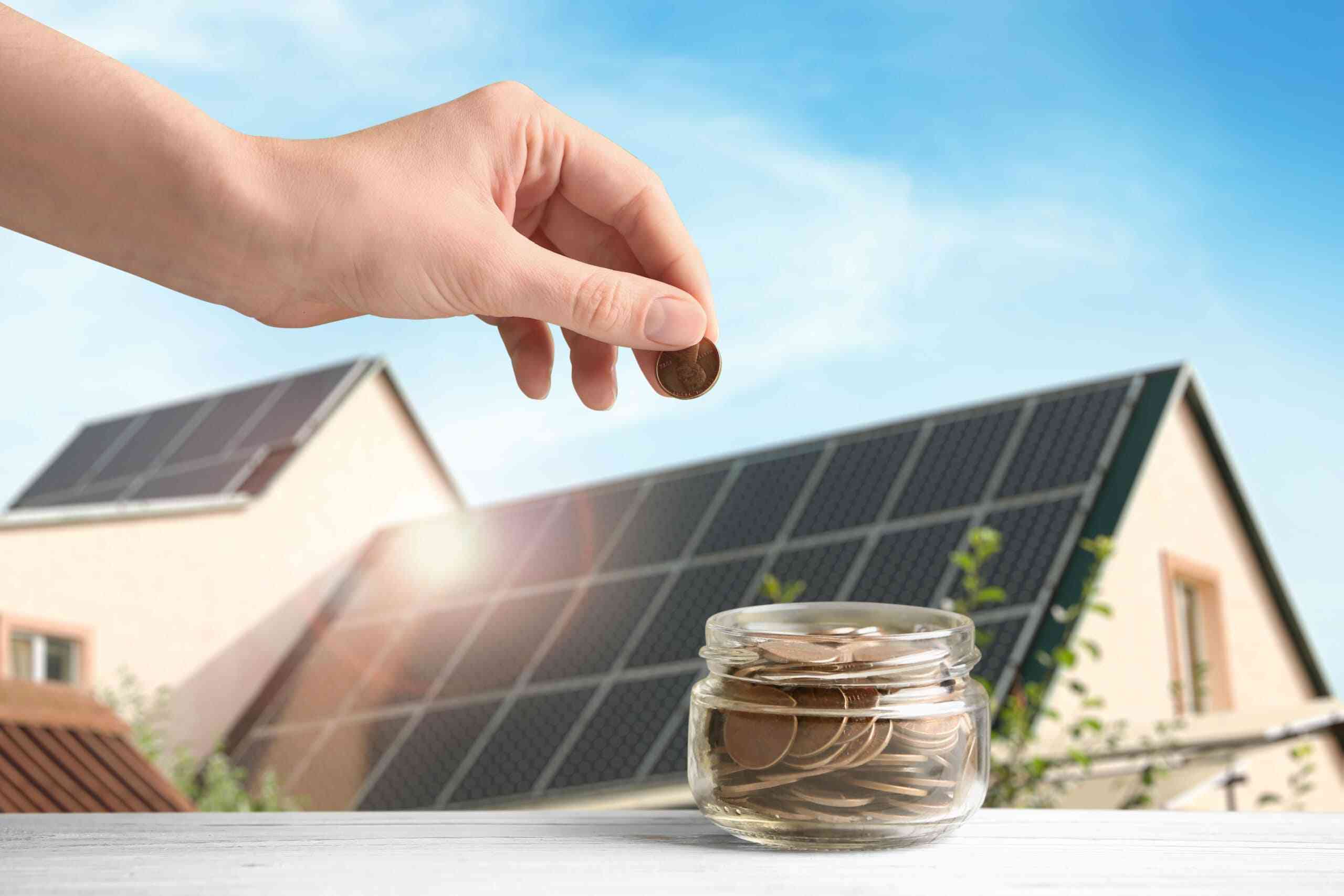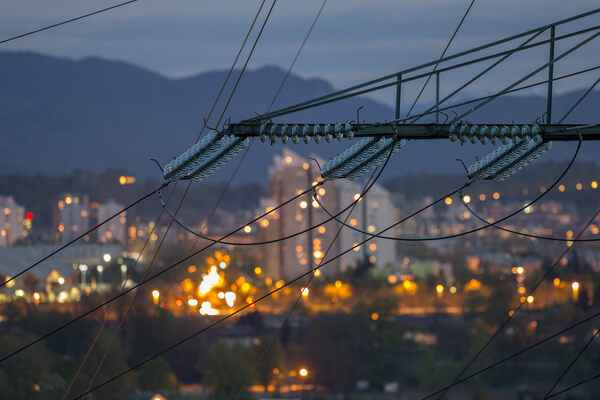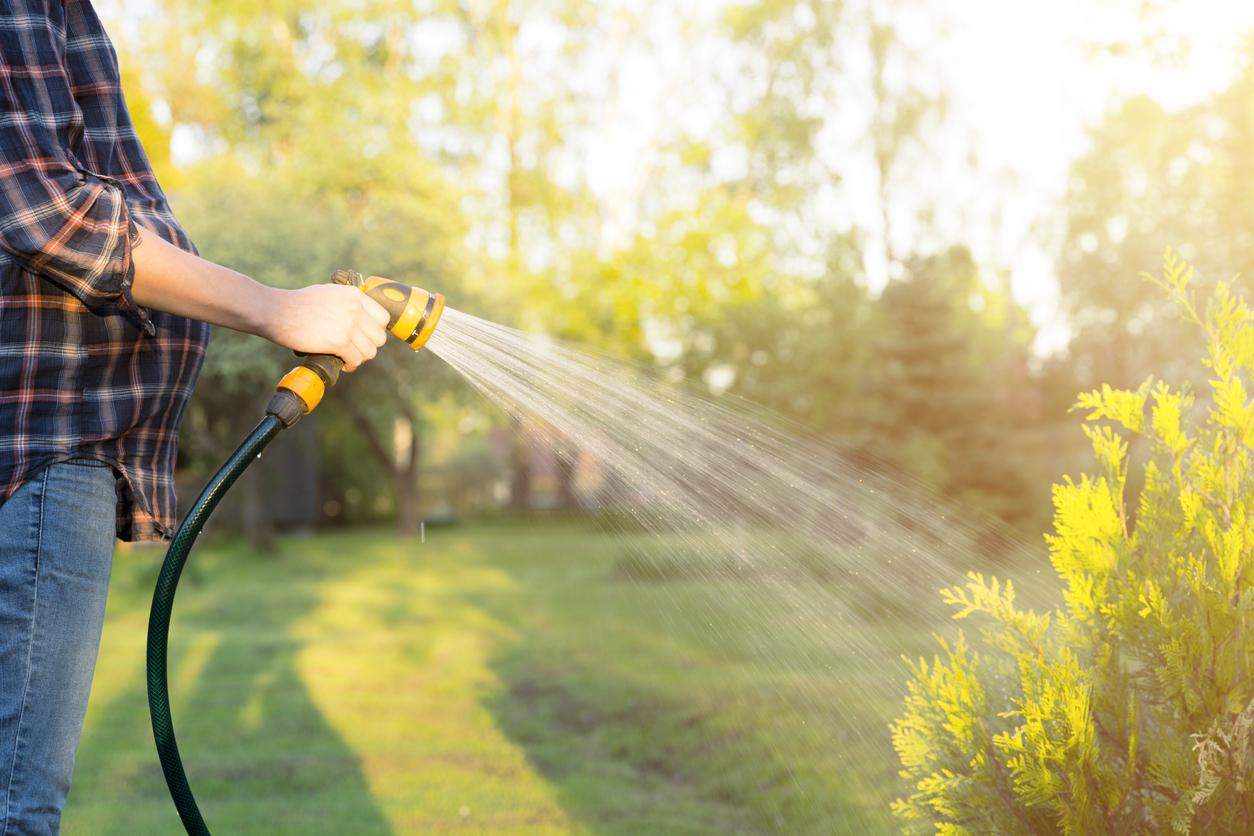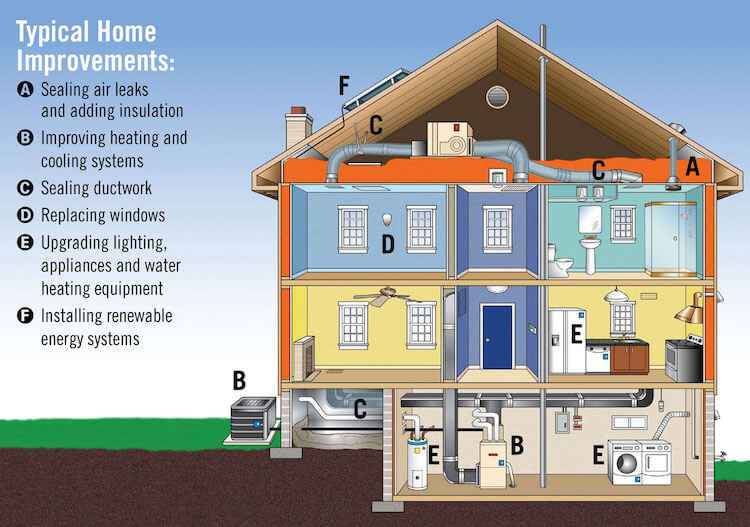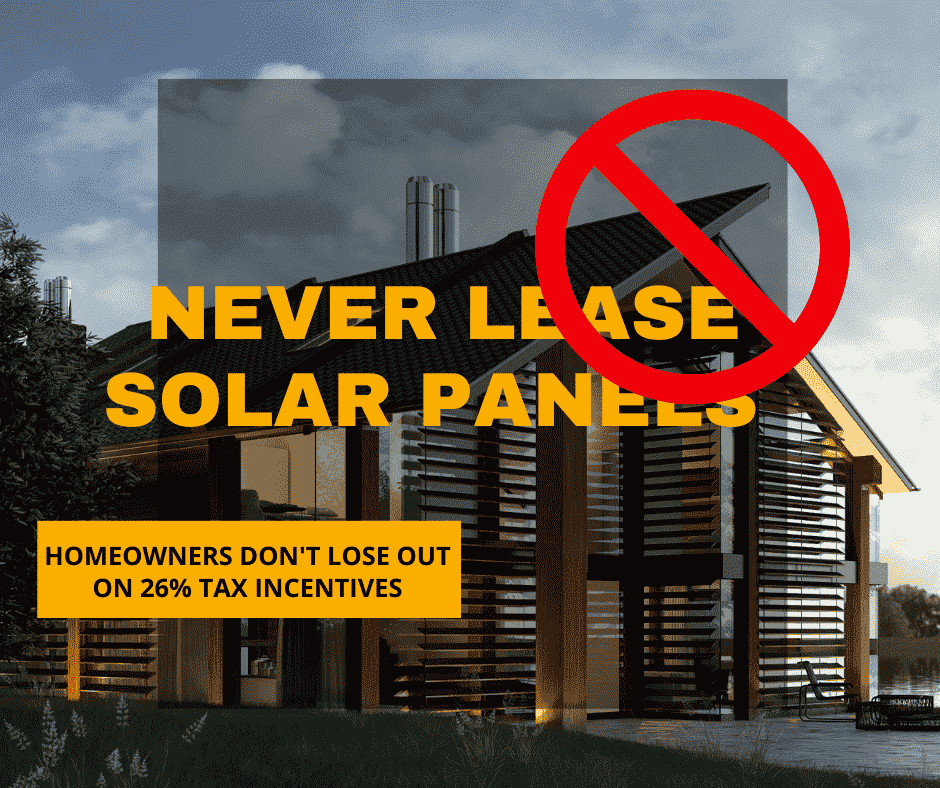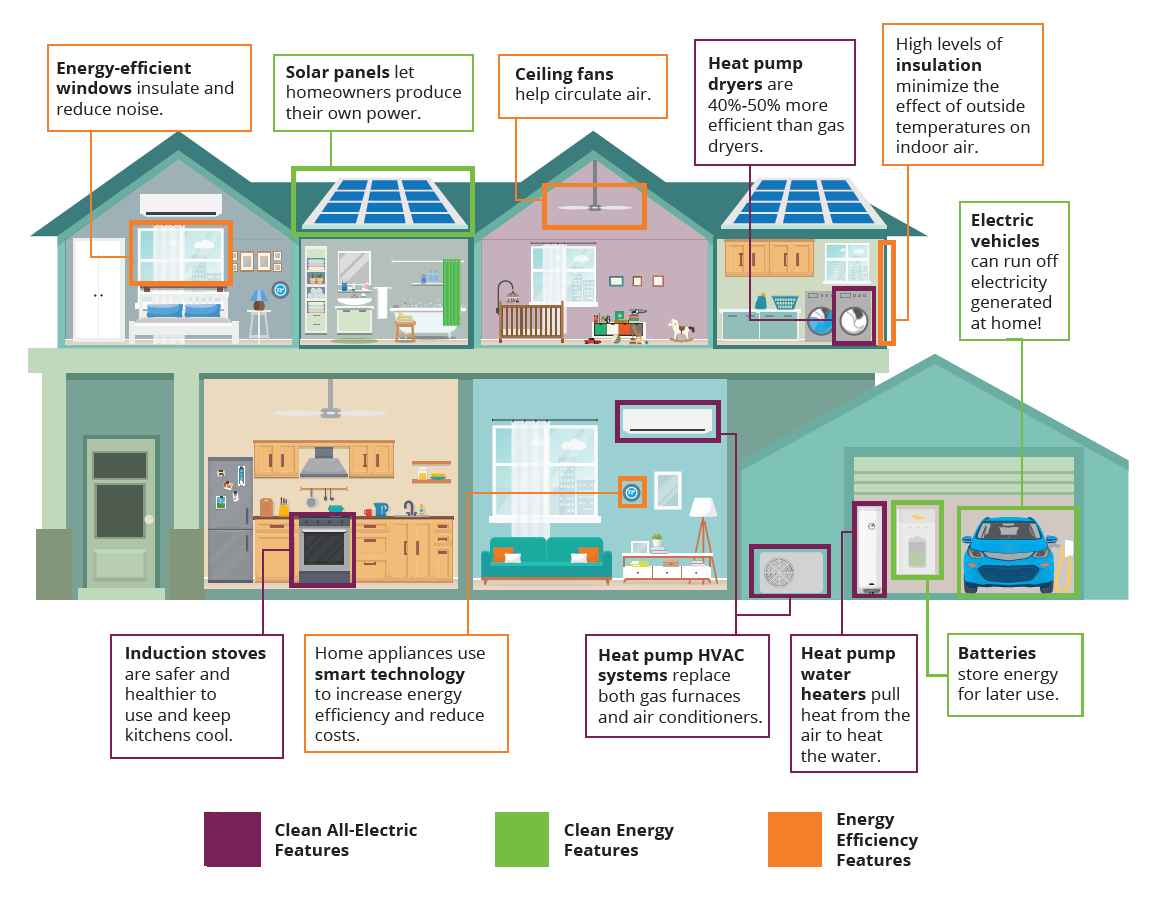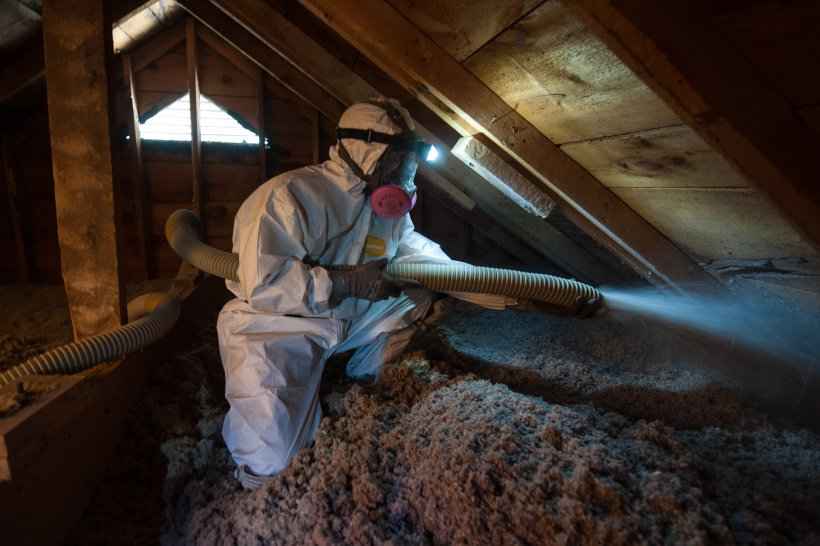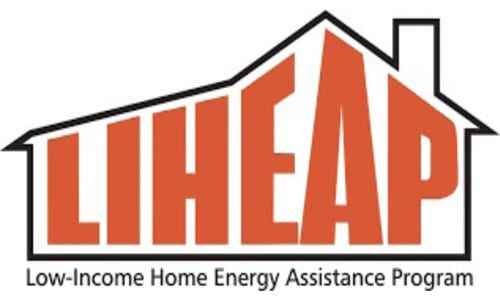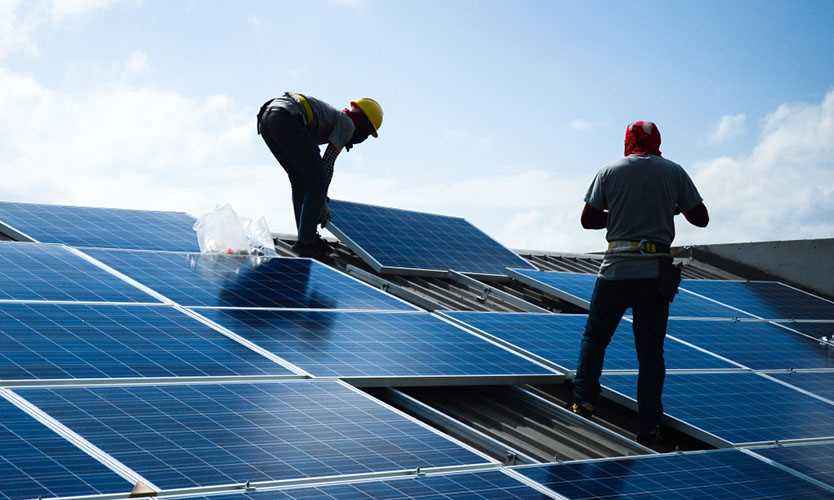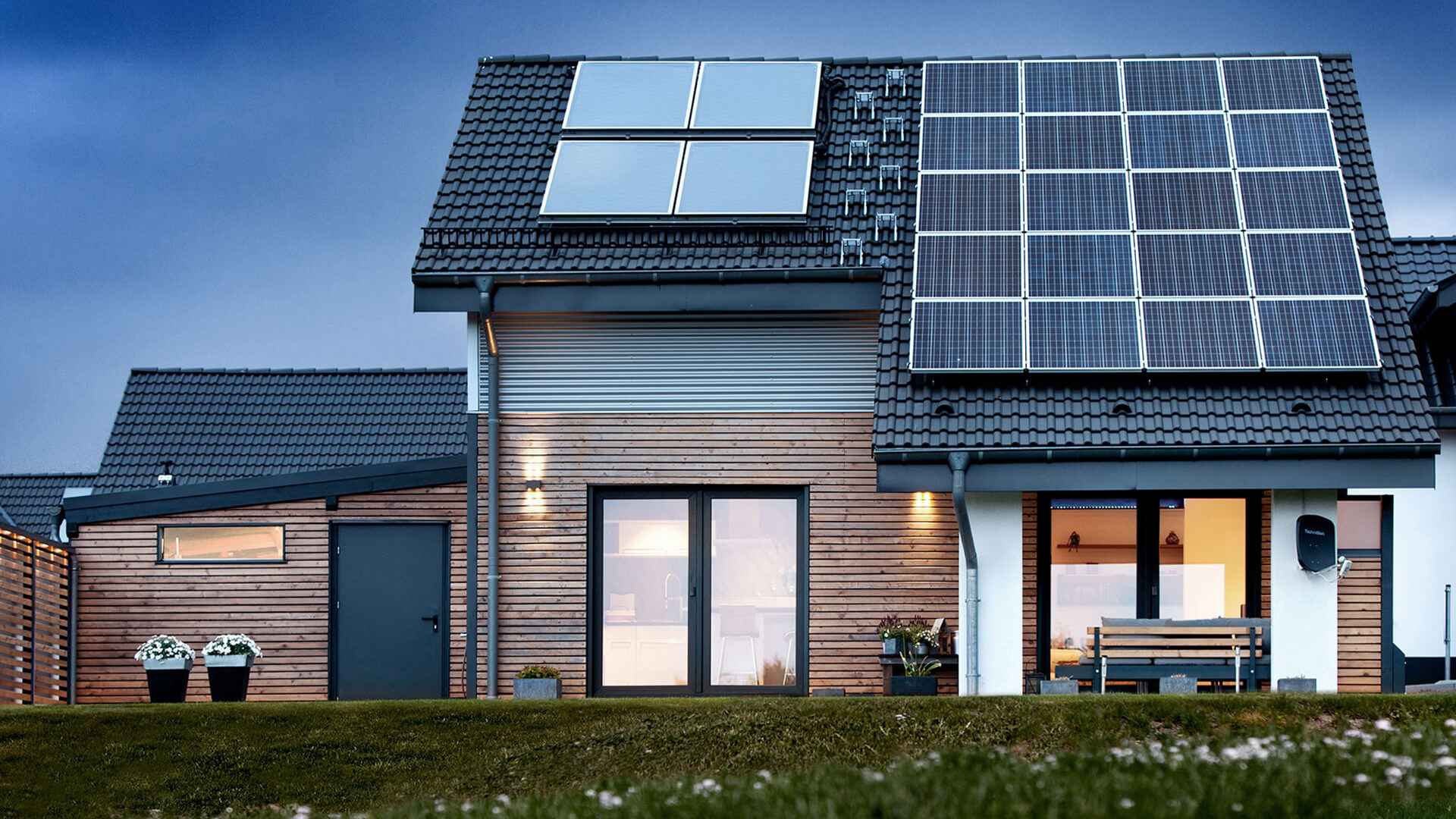
- December 5, 2022
- admin
- 0
With soaring energy prices and the growing desire to have less impact on the environment, net zero homes have been gaining in popularity. Net zero homes are more energy-efficient, use more sustainable building materials, are self-sufficient, and result in more comfortable homes. So what are net zero homes and what are the costs to build one?
What Is a Net Zero Home?
Net zero homes take energy efficiency and sustainability into account all the way from design to completion. Eliminating energy bills and having a better impact on the environment are just two of the realities that come from owning a net zero home. These homes can generate all of the power they need to be fully self-sufficient and not rely on outside sources of nonrenewable energy to function. Net zero homes are more than just eco-friendly or green construction since they are completely self-sufficient.
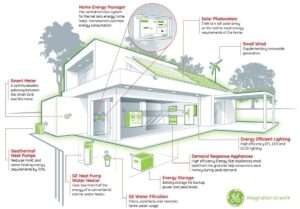
Is It All About Energy?
While energy usage is often the first thing that comes to mind when thinking about a net zero home, however, other parameters matter too. Water usage, carbon output, and impact on the environment are also important factors. A true net zero home will be completely energy self-sufficient, will collect its own water, be fully electric with no carbon output, and will use sustainable materials in its construction. Net zero home construction even results in better built homes that last longer due to the higher quality materials used.
Key Components to Building a Net Zero Home
Building a net zero home is not much different than building a traditional home. Choosing better materials and keeping energy usage in mind throughout the process often makes all of the difference.
When designing and building a net zero home, five key building components will help determine whether or not your home will hit the net zero mark:
Insulation
HVAC typically uses the lion’s share of a home’s energy. The first thought might be to get a more efficient air conditioning system, and that certainly is part of a net zero home, however, the real key is decreasing the amount of work the air conditioner has to do in the first place. In summer conditions, heat flows through a home’s envelope, the building’s exterior walls, and must be removed by the HVAC system. With better insulation, the flow of heat into the building is slowed and the HVAC system doesn’t have to work nearly as hard and so it uses much less energy.
When looking at the options for net zero home insulation, look no further than insulated concrete forms (ICFs). Insulated concrete forms are a sustainable building material that combine a building’s structural components and insulation in one easy to use form. These forms are easily placed on site and then locally-produced concrete is poured in place. The resulting home not only has excellent insulative properties, but boasts top-of-the line strength with a low carbon impact.

Fox Blocks ICFs utilizes the thermal mass, airtight construction, and two continuous layers of highly insulative expanded polystyrene foam to create high-performing, energy-efficient walls (R-values of 23+). ICFs eliminate thermal bridging, which creates a loss in thermal performance as typically created by wood studs. No thermal bridging and continuous insulation provides full thermal resistance properties for the building envelope.

Low Energy Lighting
By using LEDs instead of compact fluorescent lamps or incandescent bulbs, not only will your lights use less energy, but they will emit less heat too. In addition to using LEDs, using smart bulbs or switches allows you to control when your lights are on and automatically turn them off when not in use.
Energy-Efficient Windows
To optimize performance, windows become a major component to minimize heat and solar gain. Energy efficient windows, double or triple pane with a high SHGC rating, contribute towards the overall performance of the building for Net Zero.
Low-Flow Fixtures
Using less water is a key component of a net zero home. Low-flow shower heads, faucets, and toilets all help cut down on the amount of water your home will use. With advancements in modern design, many of these fixtures provide good water flow and pressure without feeling like it’s being restricted.
ENERGY STAR Water Heater
Water heaters can be real energy wasters if you’re not careful. Often racking up 15% of a home’s energy usage, choosing a highly-rated ENERGY STAR water heater will keep your home on track to be net zero.
Energy-Efficient Appliances
With all the big items accounted for, it can be easy to fill your home with energy wasting appliances. Make sure that you choose washers, dryers, dishwashers, refrigerators, and freezers that use energy efficiently.

So How Much Does a Net Zero Home Cost?
It’s easy to assume that net zero homes are tremendously expensive, but you may be pleasantly surprised. Even with all the advantages a net zero home brings, including low or $0 energy bills and a longer lasting more resilient structure, net zero homes are typically only about 10% more than a traditionally built home. While material prices and labor shortages have a big impact on any building project’s cost, net zero homes can usually be built for $175 to $180 per square foot.
One of the most popular sayings in the industry is “if you can afford a new home, you can afford a zero-energy home”. With only a 5% to 10% increase in building costs and greatly reduced costs to operate the home, choosing to build a net zero home really should be a no-brainer.
